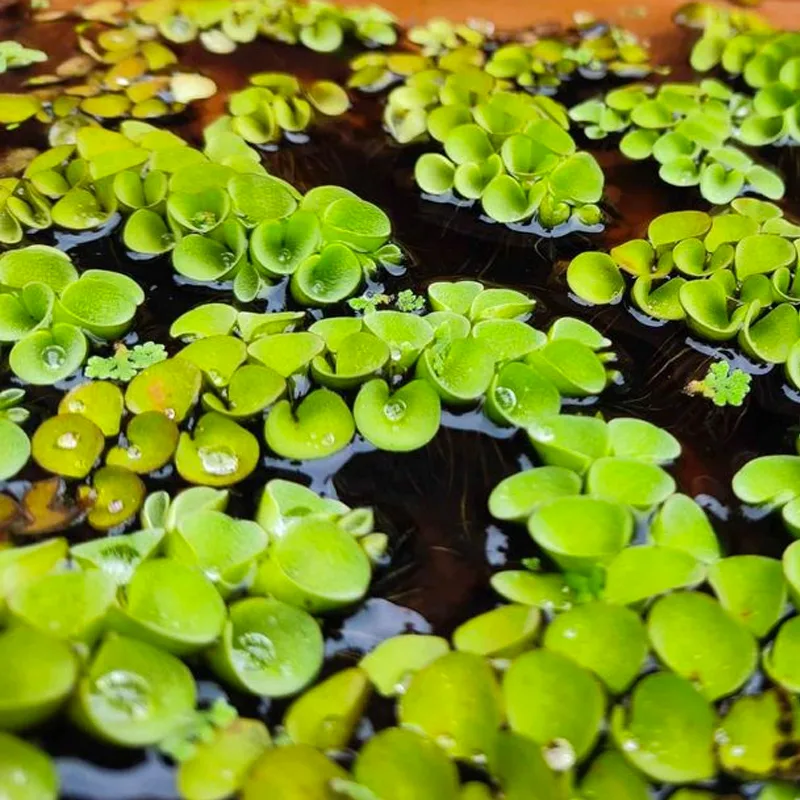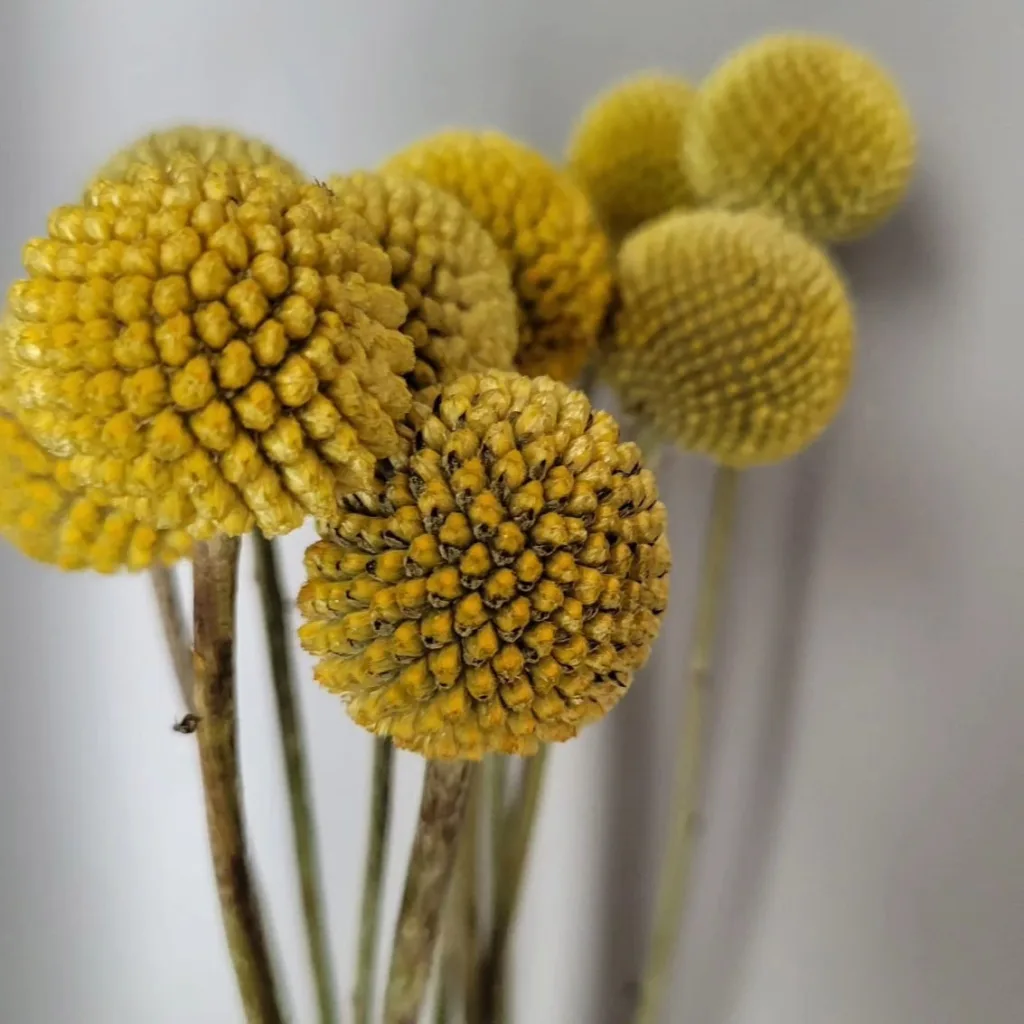The Majesty of Pines: A Personal Reflection by Ferb Vu
Pines. These majestic trees have always captivated me. Their towering presence, the scent of their needles, the sound of the wind whispering through their branches – these are the things that evoke a sense of tranquility and wonder within me. As a nature enthusiast, I’m drawn to the resilience and adaptability of the Pinus genus, thriving in diverse environments across the globe.
The genus Pinus, belonging to the Pinaceae family, encompasses a vast array of evergreen conifers. These trees are characterized by their needle-like leaves, which are bundled together in groups of two to five. This characteristic, along with their cone-shaped seed pods, distinguishes them from other conifers.
A Diverse Family
The Pinus genus boasts over 130 species, each with its unique characteristics and distribution. Here are:
- Pinus sylvestris (Scots Pine): This species is native to Eurasia and is widely cultivated for its timber and ornamental value.
- Pinus strobus (Eastern White Pine): This North American native is known for its soft, white wood and is a valuable timber species. Plant FAQs: Pinus Strobus Louie – Plant FAQs: Pinus Strobus Stowe Pillar
- Pinus ponderosa (Ponderosa Pine): Found in western North America, this species is characterized by its long needles and thick bark, making it resistant to fire.
- Pinus contorta (Lodgepole Pine): This species is widespread in western North America and is adapted to a variety of habitats, from coastal forests to high-elevation mountains.
- Pinus resinosa (Red Pine): Another North American native, this species is valued for its timber and is also used in reforestation efforts.
- Pinus nigra (Black Pine): This species is native to Europe and Asia and is known for its dark bark and resistance to pollution.
- Pinus mugo (Mountain Pine): This species is native to the mountains of Europe and is often used as a ground cover or ornamental plant. Plant FAQs: Mugo Pine – Pinus Mugo
- Pinus banksiana (Jack Pine): This North American species is known for its ability to thrive in harsh conditions, such as sandy soils and fire-prone areas.
- Pinus albicaulis Engelm.
- Pinus amamiana Koidz.
- Pinus aristata Engelm.
- Pinus arizonica Engelm.
- Pinus armandi Franch.
- Pinus arunachalensis R.C.Srivast.
- Pinus × ascendens Businský
- Pinus attenuata Lemmon
- Pinus × attenuradiata Stockw. & Righter
- Pinus ayacahuite Ehrenb. ex Schltdl.
- Pinus balfouriana Balf.
- Pinus bhutanica Grierson, D.G.Long & C.N.Page
- Pinus brachyptera Engelm.
- Pinus brutia Ten.
- Pinus bungeana Zucc. ex Endl. Plant FAQs: Pinus Bungeana – Lacebark Pine
- Pinus californiarum D.K.Bailey
- Pinus canariensis C.Sm. ex DC.
- Pinus caribaea Morelet
- Pinus × celakovskiorum Asch. & Graebn.
- Pinus cembra L.
- Pinus cembroides Zucc.
- Pinus × cerambycifera Businský
- Pinus cernua L.K.Phan ex Aver., K.S.Nguyen & T.H.Nguyên
- Pinus chiapensis (Martínez) Andresen
- Pinus clausa (Chapm. ex Engelm.) Vasey ex Sarg.
- Pinus cooperi C.E.Blanco
- Pinus coulteri D.Don
- Pinus cubensis Griseb.
- Pinus culminicola Andresen & Beaman
- Pinus dalatensis Ferré
- Pinus densata Mast.
- Pinus densiflora Siebold & Zucc.
- Pinus × densithunbergii Uyeki
- Pinus devoniana Lindl.
- Pinus discolor D.K.Bailey & Hawksw.
- Pinus durangensis Martínez
- Pinus echinata Mill.
- Pinus edulis Engelm.
- Pinus elliottii Engelm.
- Pinus engelmannii Carrière
- Pinus fenzeliana Hand.-Mazz.
- Pinus flexilis E.James
- Pinus × galaiana Papaioannou
- Pinus georginae Pérez de la Rosa
- Pinus gerardiana Wall. ex D.Don
- Pinus glabra Walter
- Pinus gordoniana Hartw. ex Gordon
- Pinus greggii Engelm. ex Parl.
- Pinus × hakkodensis Makino
- Pinus halepensis Mill.
- Pinus hartwegii Lindl.
- Pinus heldreichii Christ
- Pinus henryi Mast.
- Pinus herrerae Martínez
- Pinus hwangshanensis W.Y.Hsia
- Pinus jaliscana Pérez de la Rosa
- Pinus jeffreyi Balf.
- Pinus johannis M.-F.Robert
- Pinus kesiya Royle ex Gordon
- Pinus koraiensis Siebold & Zucc.
- Pinus krempfii Lecomte
- Pinus lagunae (Robert-Passini) Passini
- Pinus lambertiana Douglas
- Pinus latteri Mason
- Pinus lawsonii Roezl ex Gordon
- Pinus leiophylla Schiede ex Schltdl. & Cham.
- Pinus × litvinovii L.V.Orlova
- Pinus longaeva D.K.Bailey
- Pinus luchuensis Mayr
- Pinus lumholtzii B.L.Rob. & Fernald
- Pinus luzmariae Pérez de la Rosa
- Pinus massoniana Lamb.
- Pinus maximartinezii Rzed.
- Pinus maximinoi H.E.Moore
- Pinus merkusii Jungh. & de Vriese
- Pinus monophylla Torr. & Frém. Plant FAQs: Pinus Monophylla – Single-Leaf Pinyon Pine
- Pinus montezumae Lamb.
- Pinus monticola Douglas ex D.Don Plant FAQs: Pinus Monticola – Western White Pine
- Pinus morrisonicola Hayata
- Pinus muricata D.Don
- Pinus × murraybanksiana Righter & Stockw.
- Pinus × naxiorum Businský
- Pinus × neilreichiana Reichardt
- Pinus nelsonii Shaw
- Pinus occidentalis Sw.
- Pinus oocarpa Schiede ex Schltdl.
- Pinus palustris Mill.
- Pinus parviflora Siebold & Zucc.
- Pinus patula Schiede ex Schltdl. & Cham.
- Pinus peuce Griseb.
- Pinus pinaster Aiton
- Pinus pinceana Gordon & Glend.
- Pinus pinea L.
- Pinus praetermissa Styles & McVaugh
- Pinus pringlei Shaw
- Pinus pseudostrobus Lindl.
- Pinus pumila (Pall.) Regel
- Pinus pungens Lamb.
- Pinus quadrifolia Parl. ex Sudw.
- Pinus radiata D.Don
- Pinus ravii R.C.Srivast.
- Pinus reflexa (Engelm.) Engelm.
- Pinus remota (Little) D.K.Bailey & Hawksw.
- Pinus × rhaetica Brügger
- Pinus rigida Mill.
- Pinus roxburghii Sarg.
- Pinus rzedowskii Madrigal & M.Caball.
- Pinus sabiniana Douglas
- Pinus scopulorum (Engelm.) Lemmon
- Pinus serotina Michx.
- Pinus sibirica Du Tour
- Pinus × sondereggeri H.H.Chapm. ex Sudw.
- Pinus squamata X.W.Li
- Pinus strobiformis Engelm.
- Pinus stylesii Frankis ex Businský
- Pinus tabuliformis Carrière
- Pinus taeda L. Plant FAQs: Loblolly Pine – Pinus Taeda
- Pinus taiwanensis Hayata
- Pinus tecunumanii F.Schwerdtf. ex Eguiluz & J.P.Perry
- Pinus teocote Schiede ex Schltdl. & Cham.
- Pinus thunbergii Parl.
- Pinus torreyana Parry ex Carrière
- Pinus tropicalis Morelet
- Pinus uncinata Ramond ex DC.
- Pinus vallartensis Pérez de la Rosa & Gernandt
- Pinus veitchii Roezl
- Pinus virginiana Mill.
- Pinus wallichiana A.B.Jacks.
- Pinus wangii Hu & W.C.Cheng
- Pinus yecorensis Debreczy & I.Rácz
- Pinus yunnanensis Franch.
Adaptability and Resilience
One of the most remarkable aspects of pines is their ability to thrive in a wide range of environments. From the cold, harsh conditions of the boreal forests to the arid landscapes of the Mediterranean, pines have adapted to survive and flourish. This adaptability is due in part to their unique physiological characteristics. For instance, their needle-like leaves reduce water loss, allowing them to survive in dry climates. Their deep root systems help them access water and nutrients in poor soils. And their conical shape helps them shed snow, preventing damage during heavy snowfall.
Pines are also incredibly resilient. They can withstand strong winds, extreme temperatures, and even fire. In fact, some species, like the Ponderosa Pine, have thick bark that acts as insulation against fire, allowing them to survive wildfires that would destroy other trees. This resilience makes pines a keystone species in many ecosystems, playing a critical role in maintaining ecological balance.
Importance and Uses
Pines have been an integral part of human civilization for centuries. Their timber is valued for its strength, durability, and versatility. It’s used in construction, furniture making, and paper production. Pine resin is used to produce turpentine and rosin, which have various industrial and medicinal applications. Pine nuts are a nutritious food source, rich in protein and healthy fats. And pine needles are used to make baskets, mats, and other crafts.
Beyond their practical uses, pines also hold cultural and spiritual significance in many societies. They are often associated with longevity, strength, and resilience. In some cultures, pines are considered sacred trees, symbolizing immortality and connection to the divine.
Conservation Efforts
Despite their resilience, pines face numerous threats, including deforestation, habitat loss, climate change, and invasive species. These threats have led to the decline of some pine populations, highlighting the importance of conservation efforts.
Many organizations and individuals are working to protect and restore pine forests. These efforts include sustainable forestry practices, reforestation projects, and public education campaigns. By understanding the importance of pines and the threats they face, we can all contribute to their conservation and ensure that these majestic trees continue to thrive for generations to come.
In conclusion, the Pinus genus is a testament to the beauty, diversity, and resilience of the natural world. These trees play a vital role in our ecosystems and have been an integral part of human civilization for centuries. As we continue to face environmental challenges, it is more important than ever to appreciate and protect these magnificent trees.
If i die, water my plants!



